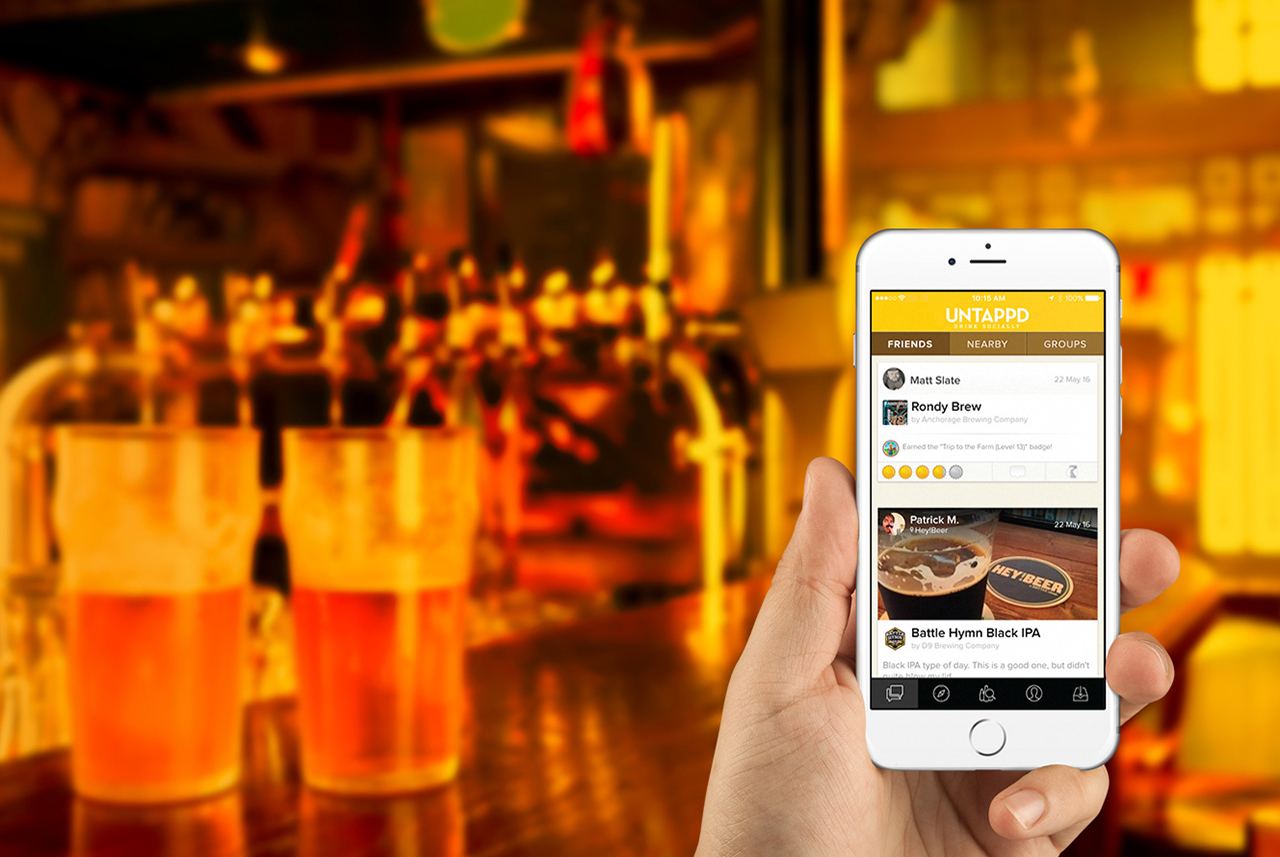
Beer ratings don’t always come from such a nicely controlled environment. For wine ratings the product is given to the Sommeliers straight from the wine maker and if there happens to be an issue with the wine, a bad cork or something else, it can be rectified right then and there. Talking to people is horrible I guess.Īnother large and important difference between beer and wine ratings is the environment from which the product was taken. Part of the reason for displaying ratings in wine stores is that it makes it easier for the general public to come in and browse without having to talk to a person who knows about the wine.

In theory, the few people who make the wine ratings know what they are doing and wine stores love using those ratings as part of their displays. The concept of ratings is taken straight from the wine world and used in the same manner for the beer world, but there is a large difference between the two: wine ratings are done by two wine rating sources staffed by professional Sommeliers, and beer ratings are done by people like you and me from all over the world. They also show you what others are saying about the beers - but who are these “others” and why should anyone care about what they are saying? What about a four-cap rated beer versus a beer with an 86 rating? Why do any of these numbers matter? They are great for tracking what you’ve had in the past and jogging your memory as to what you thought of those beers. I, too, have all three of those apps running on my phone and often reference them on a daily basis.

I often see customers perusing the myriad of different beers in my store with their phones in-hand, looking at Untappd, BeerAdvocate or RateBeer.


 0 kommentar(er)
0 kommentar(er)
